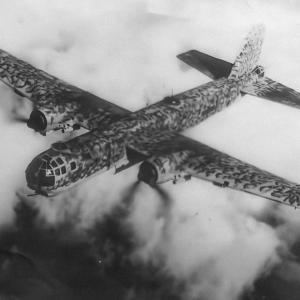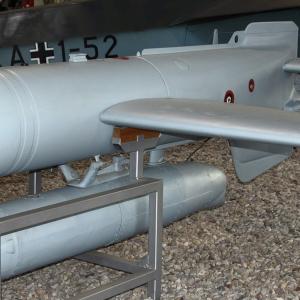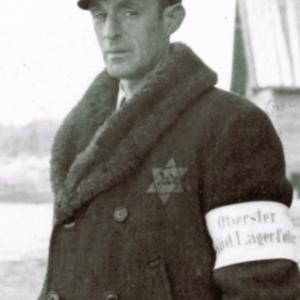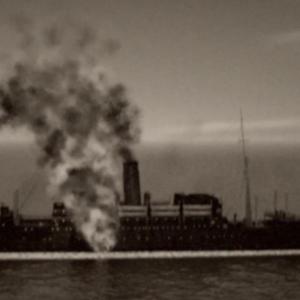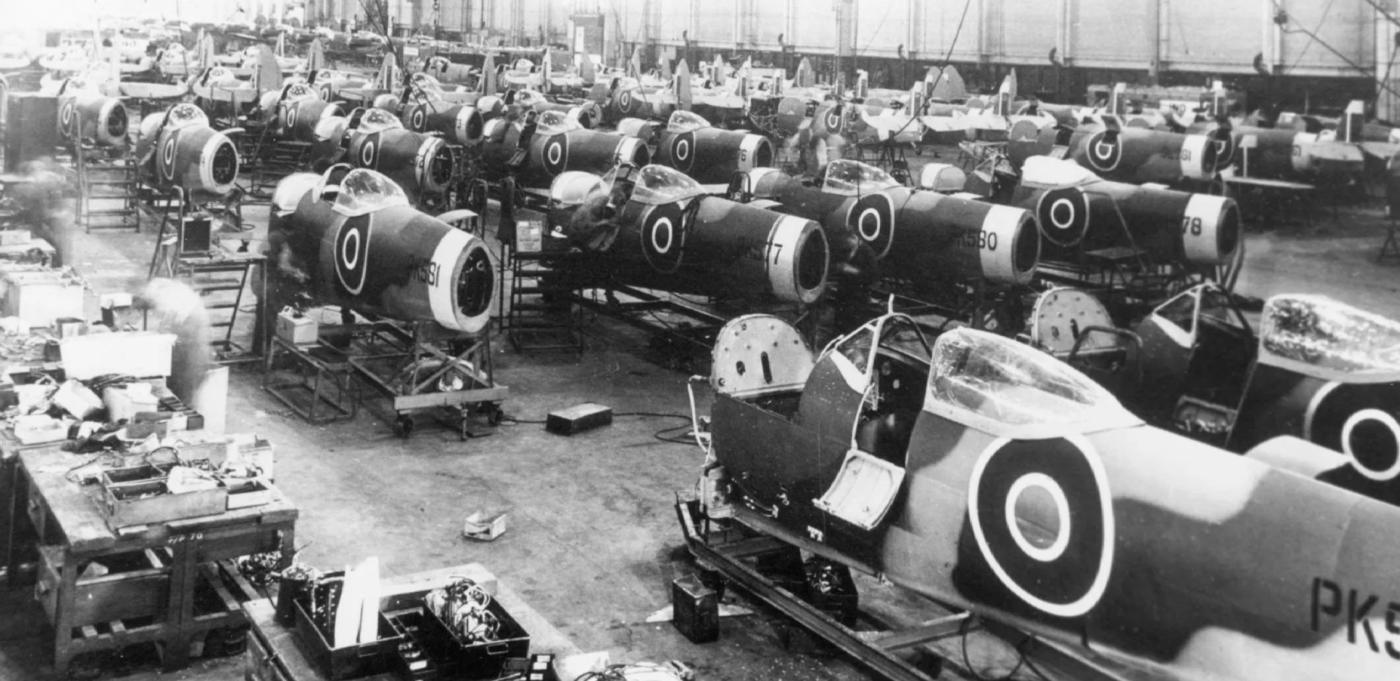
Manufacturing Spitfires
Production of the Spitfire began in Southampton, at Supermarine's main works in Woolston. This was where the prototype was designed and the first production aircraft rolled off the line in 1938. The Woolston factory was equipped with the tools and talent to produce entire aircraft on-site, from design to assembly. However, the Luftwaffe quickly recognised the strategic importance of this site. In September 1940, during the height of the Blitz, German bombers launched devastating attacks on Woolston, causing severe damage to the factory, killing over a hundred workers, and bringing production to a near halt.
This marked a turning point in how Britain approached aircraft manufacturing. Rather than rebuild a vulnerable centralised factory, the British government, led by the newly formed Ministry of Aircraft Production, decided to decentralise production across the country. In an unprecedented move, they dispersed Spitfire production to dozens of smaller sites in and around Southampton and across southern England. The strategy was simple: if one location was bombed, the others could continue working.
This dispersal effort was remarkably effective. Ordinary buildings were requisitioned and repurposed almost overnight. In Salisbury, for example, a secret network of around 30 small workshops and factories began manufacturing Spitfire components. These included furniture factories, garages, and converted barns. Workers were trained quickly, sometimes learning on the job. Many had never worked in aviation or engineering before. Women made up a large proportion of the workforce—by 1943, they formed the backbone of the factory labour force in many areas. Schoolboys were even drafted in as runners, delivering parts and blueprints between scattered workshops.
Salisbury’s contribution alone amounted to over 2,000 Spitfires by the end of the war—about 10% of the entire wartime output. In total, the dispersed factories in southern England, especially those operating around Southampton, were responsible for producing more than 8,000 aircraft. The coordination of parts and sub-assemblies was a logistical challenge, with components transported by lorry or rail to final assembly points.
Despite these efforts, there was still a need for a high-output, centralised production line to meet the growing demand from the Royal Air Force. That need was fulfilled by the Castle Bromwich Aircraft Factory near Birmingham. This facility was originally commissioned in 1938 as part of the government’s “shadow factory” scheme, which aimed to expand aircraft production by using existing automotive manufacturing expertise. Castle Bromwich was set up under the control of Lord Nuffield, the founder of Morris Motors, who promised to deliver large numbers of Spitfires using modern mass-production techniques.
However, the plan ran into difficulties. Nuffield's team struggled to adapt car production methods to the complex needs of aircraft manufacturing. There were labour disputes, technical problems, and long delays. By early 1940, the factory had not produced a single usable aircraft. At this point, the government stepped in. Control of the plant was handed to Vickers-Armstrongs (which had absorbed Supermarine), and a new management team was brought in. Within months, Castle Bromwich began rolling out Spitfires at an accelerating rate.
Once up and running, Castle Bromwich became the largest and most productive Spitfire factory in the world. It employed over 12,000 workers and at its peak could produce up to 320 Spitfires a month. The scale of the operation was enormous. Aircraft moved along an assembly line over 1,000 feet long. Workers specialised in tasks ranging from wing assembly to cockpit wiring. Quality control was rigorous, with aircraft tested on-site before being flown out to operational squadrons. By the end of the war, Castle Bromwich had produced more than 12,000 Spitfires—more than half of the total wartime output.
Supporting all this was a vast supply chain. One critical component was the Rolls-Royce Merlin engine, the beating heart of the Spitfire. These engines were produced in several shadow factories, most notably at Rolls-Royce's Hillington plant near Glasgow. Opened in 1937, the Hillington factory employed around 23,000 people at its peak and produced over 23,000 Merlin engines. These engines powered not only Spitfires but also Hurricanes, Lancasters, and Mosquitos. Hillington also handled engine overhauls, repairs, and modifications—vital work to keep frontline aircraft flying.
Other parts of the country also played their part. The Eastleigh works near Southampton, previously a railway engineering site, was adapted for aircraft component production. In Reading, Newbury, and Trowbridge, local engineering companies were contracted to build specific parts such as fuselage sections, wings, and landing gear. The railway system was central to moving parts and completed aircraft between these dispersed sites and airfields.
The people behind the production effort came from all walks of life. Experienced engineers, skilled toolmakers, and draughtsmen worked alongside housewives, retired tradesmen, and young apprentices. Women became riveters, assemblers, and inspectors—roles traditionally reserved for men before the war. Entire communities grew up around the factories, with transport services, food kitchens, and even childcare provided to keep production going round the clock.
As the war progressed, the Spitfire itself evolved. Numerous variants were produced, including fighter-bombers, reconnaissance aircraft, and high-altitude interceptors. Each new version brought changes in design and manufacturing requirements. Factories had to adapt constantly, retooling their lines, retraining workers, and responding to changes in demand. Some versions of the Spitfire were even built for naval service, known as the Seafire, requiring strengthened undercarriages and arrestor hooks for carrier operations.
By the end of the Second World War, over 20,300 Spitfires had been built across more than 40 different production sites in Britain. The final aircraft left the production lines in 1948. The Spitfire’s legacy, however, extended far beyond its technical specifications or combat record. Its story is a testament to how a nation under siege turned its industrial base into a weapon of survival.
From bombed-out factories in Southampton to secret workshops in the countryside, and from vast industrial plants in Birmingham to the engine shops of Glasgow, the Spitfire was built by a united national effort. It was shaped by the hands of tens of thousands of ordinary workers, many of whom had never built an aircraft before but rose to the challenge with determination, skill, and patriotism

